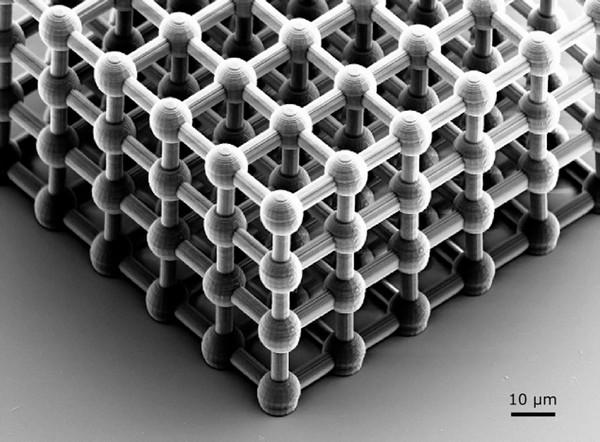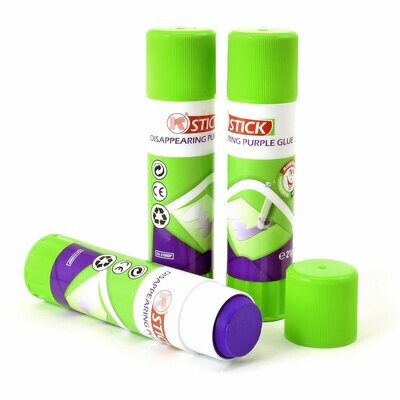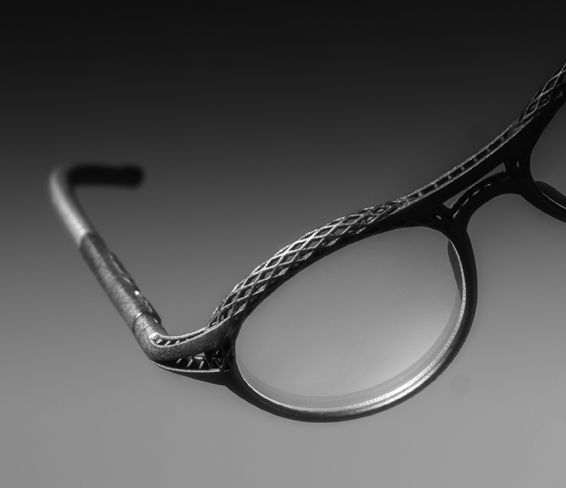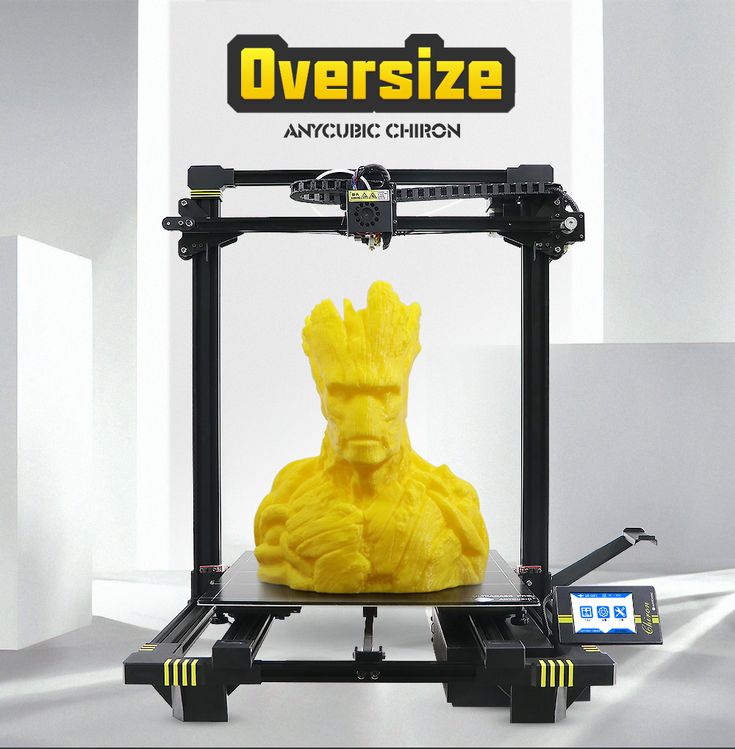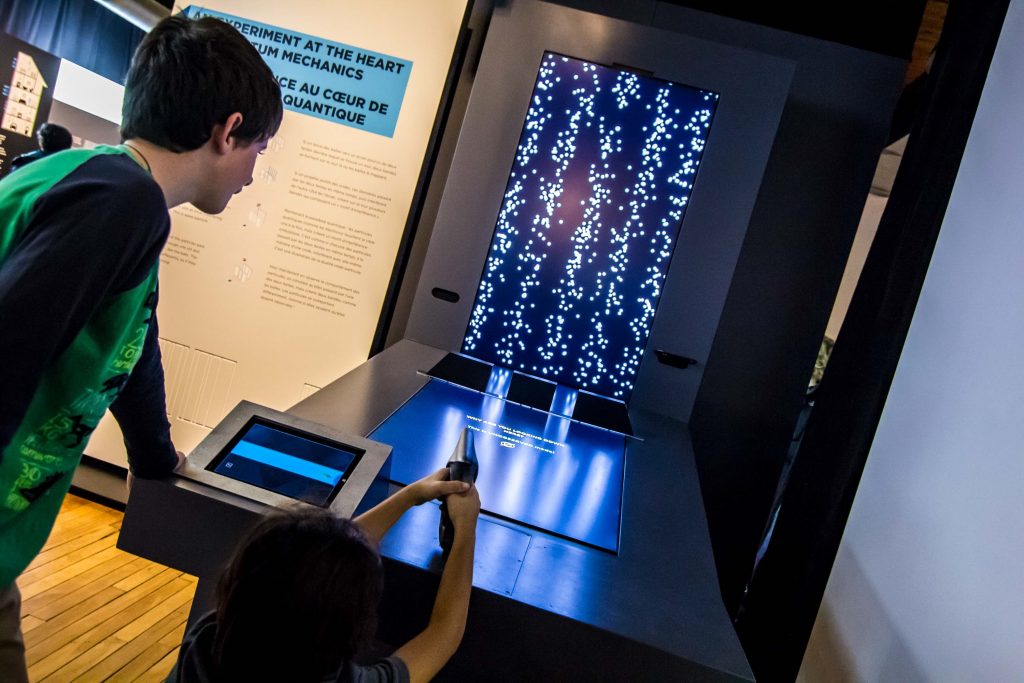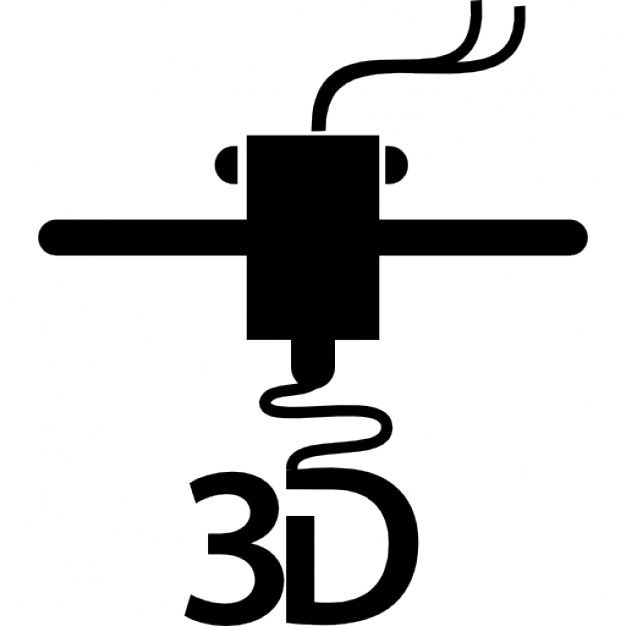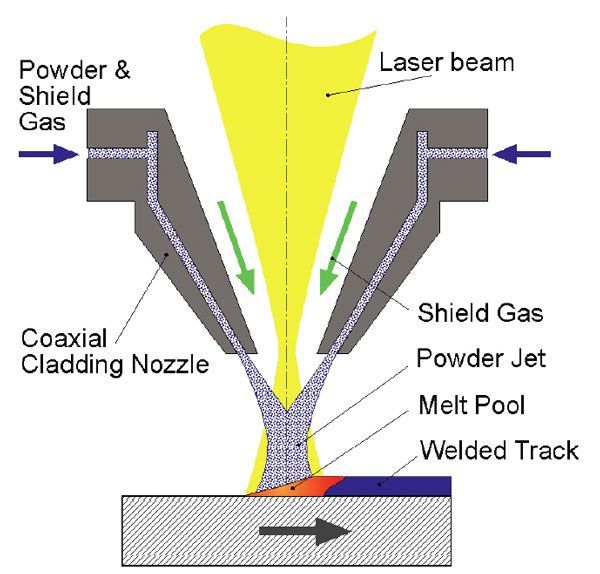3D printing in english class
How 3 Teachers are Finding New Ways to Use 3D Printing & Design in the K-8 Classroom
For teachers who are new to 3D printing, Makers Empire’s school products include everything you need to successfully integrate 3D technology into the classroom. With our 150+ lesson plans, professional development, class management tools, training and ongoing support, you’ll be able to start using 3D printing and 3D design as authentic teaching tools efficiently and effectively.
Once you’re up and running with 3D printing in the classroom, however, you might find yourself incorporating 3D design and 3D printing into your teaching in unexpected ways. As you grow more confident with 3D technology new ideas will occur to you, and you may find yourself adding a 3D design component to all kinds of subjects to strengthen engagement and to deepen learning.
Wondering how to use 3D design and 3D printing as authentic teaching tools? Here are three real-life examples of teachers using Makers Empire and 3D design and 3D printing in their classroom:
3D Technology in English Class
Meltem Albayrak DiLeo is the STREAM coordinator at Holy Trinity Catholic School.
Recently, her school integrated Makers Empire ‘Mazes’ lesson plan, into their 8th grade Honors English class. What was the connection? Her students were reading the best-selling novel Maze Runner by James Dasher. Maze Runner is set in a Dystopian future and focuses on a group of teenagers who try to map and then find their way out of an ever-changing maze. What a great way to teach across the curriculum and to create links between subjects!
Check out the creative mazes her students made. Some of them include tricky secret passages and multiple levels:
3D Technology in Art Class
Christopher Burdman is a STEM Specialist / Lead Teacher at Tynan Elementary School in the Boston School District and a Makers Empire Ambassador. You can read his frank and engaging account of his 3D printing journey: So You have a 3D printer – now what?
Recently, Christopher shared some photos from an art unit he is doing with his students. They are using Makers Empire to create Pixel Art projects.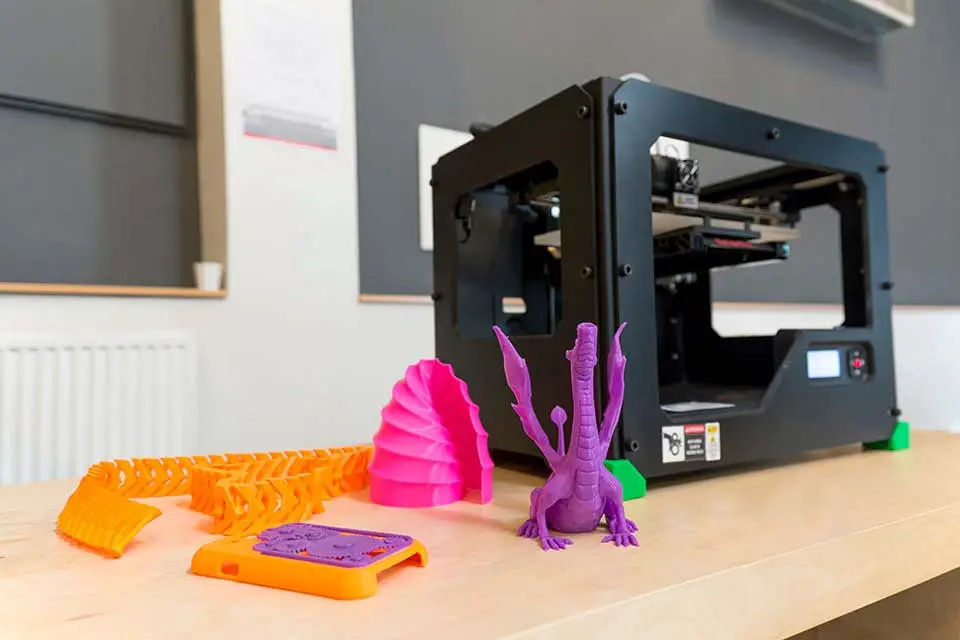 These designs are not being printed in 3D but simply printed in color on photo paper.
These designs are not being printed in 3D but simply printed in color on photo paper.
“The kids are loving it and it’s another great way to engage with Makers Empire’s software,” Christopher says.
Check out his students’ colorful designs:
3D Technology and the Zoo Excursion
Megan Koop is classroom teacher at Blakeview Primary School and a Makers Empire Ambassador. You can read her guest post, How 3D Printing Helped My Students Design a School Nature Play Space.
Recently, Megan’s grade 2 class visited their local zoo to learn more about specific animals and their needs and the design of individual animal enclosures to accommodate these needs.
Megan says, “year 2 students planned and created their own enclosures, designed their own animals on Makers Empire and then 3D printed them for their enclosure.”
Check out her students’ awesome animal enclosures and their 3D printed animals:
Feeling inspired?
The Many Ways 3D Printing Can Be Used In The English Classroom – Open World Learning
3D printing is an amazing technology that is constantly evolving. It has the potential to revolutionize the way we learn and teach. Here are some ways that 3D printing can be used in the English classroom. 1. 3D printing can be used to create models of literary characters or scenes from a story. This can help students visualize the characters and better understand the story. 2. 3D printing can be used to create props for plays and skits. This can help bring the story to life and make it more enjoyable for the students. 3. 3D printing can be used to create customized textbooks. This can help students who have difficulty reading standard textbooks. 4. 3D printing can be used to create models of historical events. This can help students understand the events and see them in a new light. 5. 3D printing can be used to create worksheets and other materials for students to use in class. This can help save time and money for the teacher. 3D printing is a versatile technology that can be used in many different ways. These are just a few of the ways that it can be used in the English classroom.
It has the potential to revolutionize the way we learn and teach. Here are some ways that 3D printing can be used in the English classroom. 1. 3D printing can be used to create models of literary characters or scenes from a story. This can help students visualize the characters and better understand the story. 2. 3D printing can be used to create props for plays and skits. This can help bring the story to life and make it more enjoyable for the students. 3. 3D printing can be used to create customized textbooks. This can help students who have difficulty reading standard textbooks. 4. 3D printing can be used to create models of historical events. This can help students understand the events and see them in a new light. 5. 3D printing can be used to create worksheets and other materials for students to use in class. This can help save time and money for the teacher. 3D printing is a versatile technology that can be used in many different ways. These are just a few of the ways that it can be used in the English classroom. With a little creativity, the possibilities are endless.
With a little creativity, the possibilities are endless.
According to a report issued by the Department for Education (DfE), there are numerous benefits to the use of 3D printing in schools. Using 3D printers in the classroom allows students to see lessons as an opportunity to problem solve in a real-life setting. 3D printers are a good idea for students’ lessons because they can assist with spatial intelligence and prepare them for the future. Global 3D printing spending will reach $35.4 billion by 2020, according to a new report. Because students are soon to use this technology in such a large way, schools should use it as a way to expose them. More than 70% of UK schools have access to a 3D printer. Despite this, only 9% of teachers in the United States use this technology in their classrooms. To illustrate how 3D printers can be used, here are some examples.
3D printing provides students with hands-on experience, allowing them to present their CAD projects to a wider audience. The use of 3D printing can help students absorb information in addition to reading books and taking notes during lectures, as can using academic concepts to 3D print. Tactile learners benefit greatly from this.
The use of 3D printing can help students absorb information in addition to reading books and taking notes during lectures, as can using academic concepts to 3D print. Tactile learners benefit greatly from this.
It is a powerful learning tool that can engage students in active learning, design thinking, and problem solving. It allows for the integration of science, engineering, technology, and mathematics into new fields.
Students can improve their knowledge of complex concepts and processes through the use of 3D printers, which may improve their learning performance, problem-solving and critical thinking skills, communication and collaboration skills, attitudes, engagement, and motivation.
How Can 3d Printing Be Used In Education?
Educators from nearly every academic discipline can use 3D printing in their classrooms for both face-to-face and online classes. Educators can make learning outcomes more meaningful by thoughtfully incorporating this technology into their classrooms, such as improving analytical and critical thinking skills.
Primary and secondary schools, universities, libraries, technical colleges, and other educational institutions are just a few of the places where 3D printing is used to its full potential. Educators in all grades can use 3D printing in the classroom, from elementary to high school. Purchasing a 3D printer that is appropriate for the purposes you intend to use it for educating students is critical. When teachers understand the design principles of additive manufacturing, 3D printing can only succeed in education. MIT offers a graduate and advanced undergraduate course on the fundamentals of 3D printing. With the installation of 3D printers in university libraries, students no longer have to rely on only engineering and science departments to use the technology. STEM (science, technology, engineering, math), STEAM (science, technology, engineering, arts), and STEM (science, technology, engineering, arts) are the four major disciplines that drive much of modern economic development and innovation. The use of a 3D printer can provide future generations with the foundation for their innovation and problem solving. 3D printing can benefit STEM and STEAM students by providing them with a variety of learning opportunities.
The use of a 3D printer can provide future generations with the foundation for their innovation and problem solving. 3D printing can benefit STEM and STEAM students by providing them with a variety of learning opportunities.
Manufacturing is an industry that is using 3D printing in great numbers. The ability to print in a wide range of materials is allowing 3D printing to gain popularity as a manufacturing tool. Because of this, 3D printing has been able to produce products that can be created in a more complex manner than can be accomplished with traditional methods.
3D printing is also becoming increasingly popular in the field of custom design and art. The fact that 3D printing can create products that are completely unique, that traditional methods of production cannot match, and that it is possible to use 3D printing to create products that are not available on the market. This is particularly useful for products that are extremely detailed and precision-oriented, such as jewelry, automobiles, and medical devices.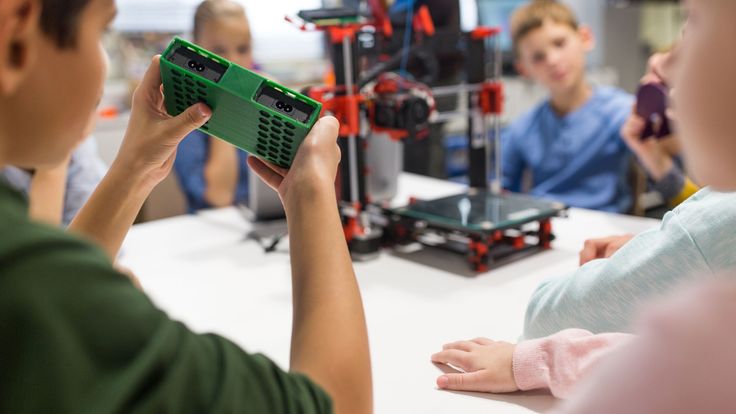
3D printing is a rapidly growing technology that can be applied to a wide range of commercial and industrial applications. is well-known for its ability to produce products with intricate details and complex shapes, which is making it an increasingly popular choice in the manufacturing and custom art and design industries.
What Can We Do With 3d Printing?
Credit: www.insightsforprofessionals.com
3D printing is a process of making a three-dimensional object from a digital file. It is also known as additive manufacturing. 3D printing is done using a variety of different technologies. 3D printing can be used to create anything from simple plastic toys to complex metal parts for airplanes. It can also be used to create medical implants and prosthetics. 3D printing is also being used to create food, and there are even 3D printers that can print houses. The possibilities for 3D printing are endless. It is a technology that is constantly evolving and becoming more accessible.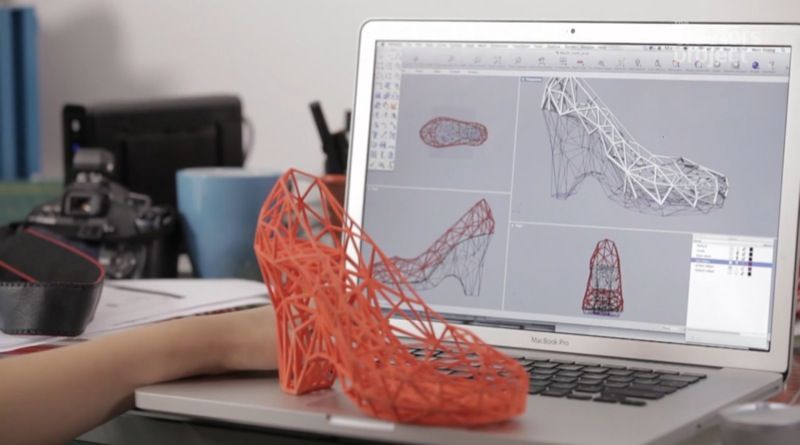 As the cost of 3D printers continues to drop, more and more people will have access to this amazing technology.
As the cost of 3D printers continues to drop, more and more people will have access to this amazing technology.
In 3D printing, 3-dimensional models are used to create physical objects. According to market estimates, the 3D printing industry is expected to more than double in size by 2026. Foods and medicines can be created using some 3D printers, which can even print chemicals and proteins. 3D printers were invented in 1983, but most users still use them for prototyping. The goal of these programs is to assist entrepreneurs in creating a functional model of their intended end product. A higher-volume production option is possible in the context of 3D printing technology. Experts predict that part design will evolve into a more function- and volume-focused field over the next five years.
As a result of the 3D printing technology, it is now much easier to design parts for machines that may no longer be in production or that would have been difficult to manufacture.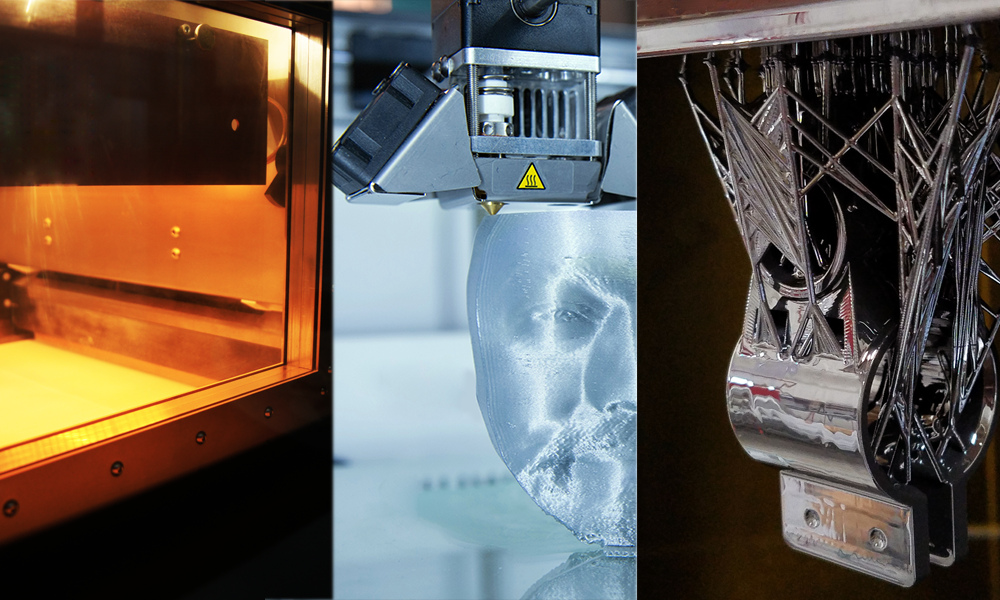 Custom prosthetics made of 3D-printed materials are being developed by some companies. In traditional manufacturing methods, it is possible to create parts that were once impossible with a 3D printer. 3D printing enables manufacturers to grant them permission to use their designs in downloadable form, which will be available to 3D printers. Furthermore, by lowering production levels, it is possible to save costs on production, shipment, and storage. Make certain that your supply chain and products are of high quality in order to insulate your company. According to the National Association of Manufacturers (NAM), 46.3% of small and mid-sized manufacturers have a quality employee problem.
Custom prosthetics made of 3D-printed materials are being developed by some companies. In traditional manufacturing methods, it is possible to create parts that were once impossible with a 3D printer. 3D printing enables manufacturers to grant them permission to use their designs in downloadable form, which will be available to 3D printers. Furthermore, by lowering production levels, it is possible to save costs on production, shipment, and storage. Make certain that your supply chain and products are of high quality in order to insulate your company. According to the National Association of Manufacturers (NAM), 46.3% of small and mid-sized manufacturers have a quality employee problem.
3D printing is becoming increasingly feasible for manufacturers to integrate into their supply chains. Prusa’s Original Prusa MINI is the best overall choice for small businesses that sell directly to consumers. If you want to create larger objects, the Ultimaker S3 is a good choice.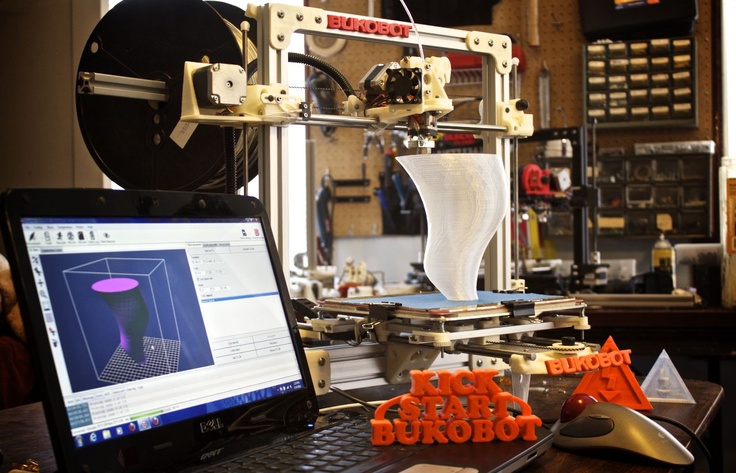 You might find that the Anycubic Vyper is a better fit for your needs, budget, and purpose. By keeping an eye on the industry as it evolves, you can use 3D printing when it is cost-effective and time-efficient for your business.
You might find that the Anycubic Vyper is a better fit for your needs, budget, and purpose. By keeping an eye on the industry as it evolves, you can use 3D printing when it is cost-effective and time-efficient for your business.
You can use a 3D printer to create and manufacture anything from jewelry to automobiles for anyone. The technology can be used by inventors and creatives to create prototypes, unique objects, and even entire products.
The manufacturing process can also be used to create an entire product; it is not only used to manufacture parts. The technology has the potential to be useful in the design and manufacture of products that are difficult to manufacture using other methods, such as prosthetic limbs.
The use of 3D printing has an infinite number of applications. Technology is changing the way products are made, and the future appears bright for the industry.
What Is 3d Printing For Students?
3D printing technology has revolutionized the way students can learn about and engage with the world around them. This powerful tool allows students to create three-dimensional objects from digital models, giving them the ability to explore and understand complex concepts in a tangible way. Additionally, 3D printing can be used to create customized learning materials and resources, tailored to the specific needs of each student. With its vast potential, 3D printing is transforming the way students learn, opening up new possibilities for creativity and exploration.
This powerful tool allows students to create three-dimensional objects from digital models, giving them the ability to explore and understand complex concepts in a tangible way. Additionally, 3D printing can be used to create customized learning materials and resources, tailored to the specific needs of each student. With its vast potential, 3D printing is transforming the way students learn, opening up new possibilities for creativity and exploration.
What is 3D printing? A full explanation of 3D technology along with concepts, examples, and a glossary of 3D terminology. Any student, designer, or anyone else who needs a small object to demonstrate their ideas or create usable items can use this project. A 3D printer takes materials, usually plastic wrapped in a spool, heats them, fusing them together to form three-dimensional objects. A 3D printer can use either resin or non-resin additive printing. The accuracy of a 3D printer is critical. You can hire a local hacker collective or rely on a printing service, depending on where you live.
The printer is fed plastic or other materials into the spool, which is wound around the spool. 3D printers typically use ABS and/or PLA plastic, which hardens into a pliable material when heated. Non-Rational Uniform Splines (NURBs) are shapes that use splines (curves) that are controlled and adjusted by onscreen handles. PLA, a thermoplastic material, can be used in 3D printing as an alternative to ABS. The quad geometry must be converted to the triangle geometry used in the STL (stereolithography) file format in order to make a 3D model. 3D models are characterized by a set of triangles in the stereolithography file format (STL). Subtractive – the process of removing (subtracting) parts of a single block of material in order to create something.
Thermoplastics are plastic that becomes rigid as it cools and then solidifies. A watertight 3D object model is one that can be described by the printer from the outside. In this book, you will learn about 3D printing concepts, examples, and a glossary of 3D terms.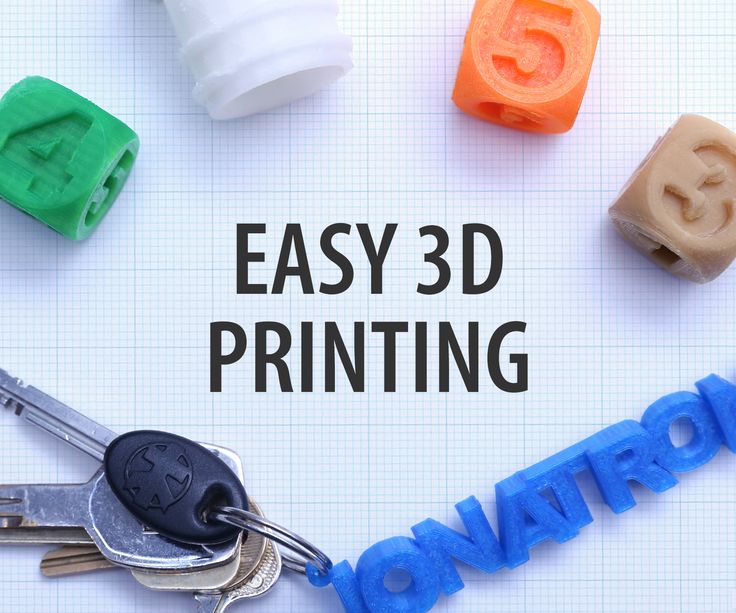 Your 3D project can be printed in the same way that you can print a flyer at the UPS store. The VRML language, or Virtual Reality Modeling Language, is an ancient but still popular programming language that allows you to create simple three-dimensional objects. Every day, programmers must practice problem solving skills.
Your 3D project can be printed in the same way that you can print a flyer at the UPS store. The VRML language, or Virtual Reality Modeling Language, is an ancient but still popular programming language that allows you to create simple three-dimensional objects. Every day, programmers must practice problem solving skills.
Despite the fact that the technology has been around for a long time, its potential has only recently been realized. There are no hidden costs associated with this process, and the end product is excellent. Some disadvantages of 3D printing include low accuracy, high costs, and the potential for contamination. One of the first things you should keep in mind is that printing isn’t always a flawless process; in some cases, a print isn’t what you expected. It is, however, possible to resolve the majority of issues with the assistance of a good 3D printing software program. Furthermore, the technology is still in its early stages of widespread adoption. This service is available from a few businesses, but it is uncommon in most places.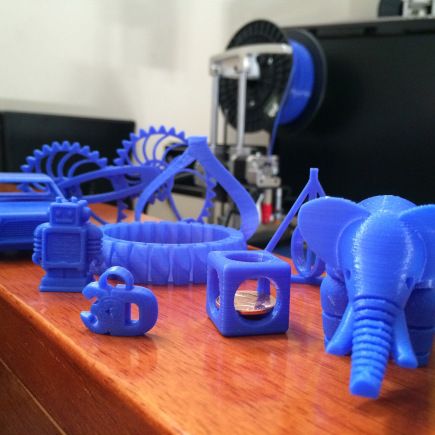 However, technology is becoming more widely available as time passes and this is slowly but surely changing. This technology can assist designers and professionals in making better manufacturing decisions by allowing them to choose a better manufacturing process. It has excellent end products, and it is becoming more common due to its high quality.
However, technology is becoming more widely available as time passes and this is slowly but surely changing. This technology can assist designers and professionals in making better manufacturing decisions by allowing them to choose a better manufacturing process. It has excellent end products, and it is becoming more common due to its high quality.
Use Of Printer In Education
Printers are an essential piece of technology in the education sector. They allow students and teachers to print out assignments, essays, and other important documents. They also enable schools to print out important information, such as test results and school newsletters.
Even if your classroom lacks a printer, you must participate in the educational process. If an individual reads a paper rather than a laptop or a tablet, he or she will be able to read more effectively. When printers are in classrooms, it is simple for students to learn while also easing the transition to digital learning. When printed text is color-coded, it aids in the student’s learning.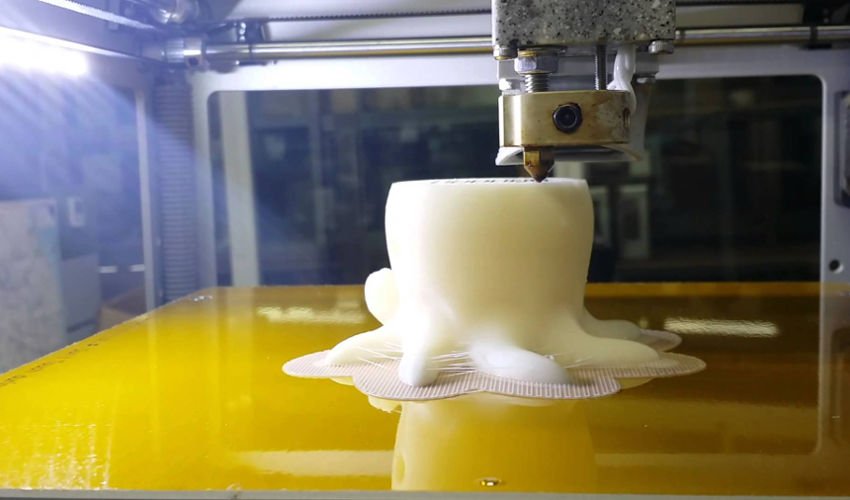 Because different colors stimulate different parts of the brain in different ways, we process a wide range of things with different colors. Printer security features have improved in recent years in order to protect sensitive or personal information. You can learn more about our education-specific printer offerings by speaking with a Perry proTECH consultant.
Because different colors stimulate different parts of the brain in different ways, we process a wide range of things with different colors. Printer security features have improved in recent years in order to protect sensitive or personal information. You can learn more about our education-specific printer offerings by speaking with a Perry proTECH consultant.
How Does Printer Enhance Learning?
The ability to experiment with new theories, test new ideas, and think creatively can assist in the development of critical thinking skills. Because of the ability to experiment with their ideas, 3D printers encourage students to be inventive and creative. As a result, students are more likely to remember what they have learned.
What Are The Uses Of Printer?
A printer converts electronic data such as text and graphics into paper, which is typically sized in standard sizes ranging from 8.5 x 11 to 18 x 24 in. On a wide variety of printer sizes, speeds, and costs can be found.
The use of a 3D printer in teaching English in accordance with the Federal State Educational Standard of basic general education
Bibliographic description:
Grishchenko, L.I. The use of a 3D printer in teaching English in accordance with the Federal State Educational Standard of basic general education / L. I. Grishchenko. — Text: direct // School Pedagogy. - 2017. - No. 1 (8). - S. 48-50. — URL: https://moluch.ru/th/2/archive/53/2011/ (date of access: 06.12.2022).
The article characterizes the use of 3D printing technology in the system of school education, in teaching, including foreign language. The requirements of the federal state educational standard of general education are analyzed in order to justify the need for 3D printing technology at school and when learning a foreign language.
Keywords: 3D printing technology, federal state educational standard of basic general education, foreign language teaching
Today, the requirements of the education system should be focused on the use of the most innovative teaching methods and technologies, since in the age of accelerating scientific and technological progress, intensive and even rapid development of digital technologies, it is necessary to “get ahead of ourselves”, focus on being ahead of the curve and apply it in school education " avant-garde, promising technologies.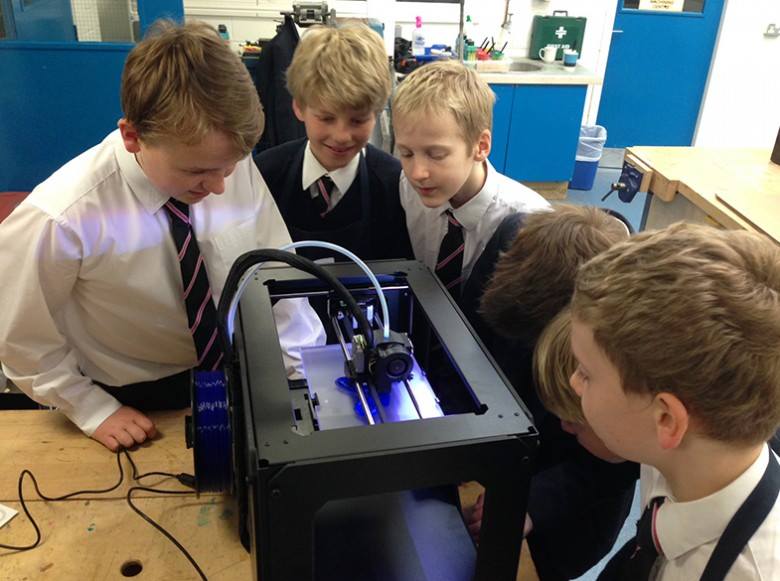 At present, the use of widely used technologies in teaching is not enough, since as a result it will lead to the assimilation of already outdated knowledge and skills.
At present, the use of widely used technologies in teaching is not enough, since as a result it will lead to the assimilation of already outdated knowledge and skills.
Today, 3D printing technology is one of those actively introduced, opening up fundamentally new opportunities in various fields of education, production and science. It is called "future technology". 3D printing is layer-by-layer reproduction of a three-dimensional physical object using a 3D printer. During the printing process, an object is created from scratch using plastic or other material, gradually turning into a tangible object. Modern 3D printers are able to print increasingly complex objects with amazing detail and precision [1]. Currently, 3D printers are widely used in mechanical engineering, construction, architecture, design, engineering design. The use of 3D printing is multifaceted and can affect a variety of areas - from industry to medicine. It allows you to check the implementation possibilities before the production stage and immediately test a number of parameters of the future model - from design and ergonomics to the presence of hidden defects and design miscalculations [1].
3D printing is one of the main educational trends in recent years. Schools and universities in Russia and around the world clearly understand that without the use of 3D printers today it is impossible to provide truly comprehensive training [3]. 3D printing is not only useful, but also extremely exciting technology. Its study is interesting for the widest age audience. 3D printing is used in the education of schoolchildren, students and professionals around the world [4]. The experience of using 3D printing in work or education convincingly shows that the ability to get a model printed on a printer significantly speeds up and qualitatively improves the product design process [1].
3D printers are now actively used in schools and universities throughout Russia. Their prototyping centers are open at Moscow State University, Moscow State Technical University. Bauman, MEPhI, Volga University and other universities. 3D printing is used by educational institutions around the world. 3D printers help students develop imaginative thinking, accustom future specialists to automated programming and design. 3D printing greatly increases the interest in the learning process, as it allows students to feel like a real innovator. Having created a model on a computer, the student will be able to hold it in his hands in a few hours - this is a great motivation to create something new. [3].
3D printers help students develop imaginative thinking, accustom future specialists to automated programming and design. 3D printing greatly increases the interest in the learning process, as it allows students to feel like a real innovator. Having created a model on a computer, the student will be able to hold it in his hands in a few hours - this is a great motivation to create something new. [3].
Students using a 3D printer for educational purposes have the opportunity to learn from their own mistakes. It is difficult to notice the flaws of the model on paper or a computer, and creating a model or a test part, a student, having modeled it on a computer in a 3D program, rather quickly receives a material object that can be improved by correcting and repeating the modeling process [3].
3D technologies are most popular in technical universities. Students can design objects, parts and layouts right in the classroom, make prototypes using a 3D printer, evaluate and test them [3]. Creative professions are another area of active use of 3D printing. Future architects and designers with the help of 3D printers can implement the most daring projects, experiment with materials and shapes. The ability to quickly visualize and physically implement their own projects allows students to master many aspects of their future profession much faster. The best choice for architecture and design students is full-color 3D printers. Such equipment will allow you to quickly get bright and visual visualizations of your projects. [3].
Creative professions are another area of active use of 3D printing. Future architects and designers with the help of 3D printers can implement the most daring projects, experiment with materials and shapes. The ability to quickly visualize and physically implement their own projects allows students to master many aspects of their future profession much faster. The best choice for architecture and design students is full-color 3D printers. Such equipment will allow you to quickly get bright and visual visualizations of your projects. [3].
3D printing can be used to teach students of all ages. 3D modeling devices will be of interest to younger students for general development, acquaintance with technology, for use in the game mode. High school students and students can use 3D printers in practice. With their help, it will be possible to implement author's projects, print practical tasks, develop creative abilities and skills [3]. In the future, schoolchildren and students familiar with 3D printing technology show great interest in studying 3D modeling programs [1].
Currently, there is an active practice of using 3D printers in school education abroad. For example, students at the Watford Gymnasium (UK) are experimenting with 3D printing of various mathematical and geometric objects. Their goal is to better understand how this or that formula works, as well as to visually study complex figures: parabolas, spirals, regular pentagons, etc. [4].
Middle school students in Atlantic City print from simple shapes and geometric shapes to more complex objects, such as a replica of a hand. In Cambridge, high school students participate in an experiment to master the skills of modeling on a 3D printer. The results of the experiment show that already at the age of 13 they are able to work on projects that are usually entrusted to students [4].
What are the possibilities for using 3D printing technology in teaching a foreign language to schoolchildren? To answer this question, let's turn to the federal state educational standard for basic general education (hereinafter referred to as the "Standard"), which is a set of requirements that are mandatory for the implementation of the main educational program of basic general education by educational institutions with state accreditation [2].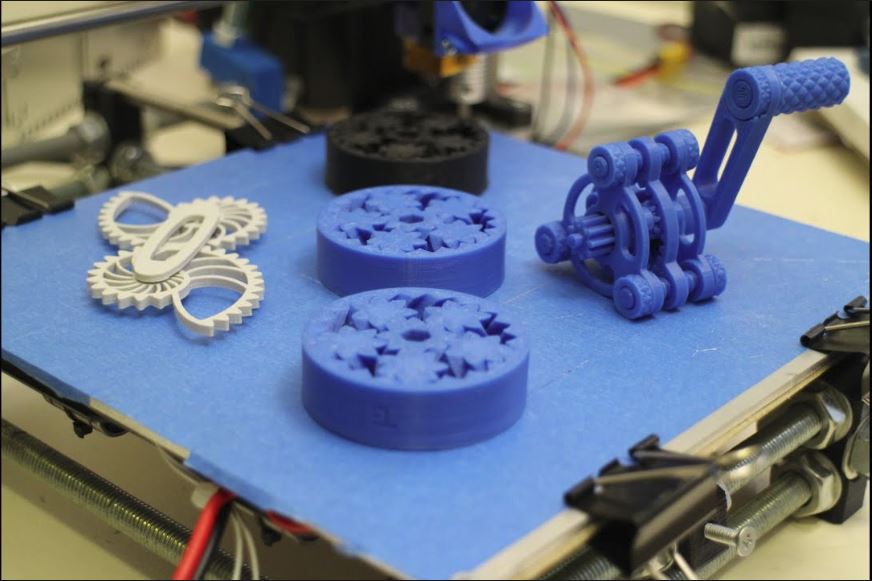 This document, approved by the order of the Ministry of Education and Science of the Russian Federation in 2010, reflects the goals and content of school education, clearly indicates the results of mastering the main educational program of basic general education, defines the requirements for the conditions for the implementation of the main educational program of basic general education, etc.
This document, approved by the order of the Ministry of Education and Science of the Russian Federation in 2010, reflects the goals and content of school education, clearly indicates the results of mastering the main educational program of basic general education, defines the requirements for the conditions for the implementation of the main educational program of basic general education, etc.
In the "Standard" in section II "Requirements for the results of mastering the main educational program of basic general education", paragraph 9 "Personal results of mastering the main educational program of basic general education", in the 3rd subparagraph it is indicated that they should reflect "the formation of a holistic worldview, corresponding to the current level of development of science and social practice, taking into account the social, cultural, linguistic, spiritual diversity of the modern world » [2]. A in the 10th paragraph " Meta-subject results of mastering the basic educational program of basic general education", in the 7th subparagraph is indicated the ability to create, apply and transform signs and symbols, models and schemes for solving educational and cognitive tasks.
When describing in the "Standard" the subject results of mastering the basic educational program of basic general education in relation to "foreign language", in the 1st subparagraph, such a requirement is indicated as "formation of friendly and tolerant attitude to the values of other cultures , optimism and a pronounced personal position in the perception of the world, in the development of national identity based on acquaintance with the life of their peers in other countries, with samples of foreign literature of various genres, taking into account the level of foreign language competence achieved by students " students. Thus, the "Standard" emphasizes the following requirements for schooling: teaching at the modern level of development of science and social practice; basic training modeling ; formation friendly and tolerant attitude towards the values of other cultures . The implementation of these tasks, in our opinion, is impossible without the use of 3D printing technology.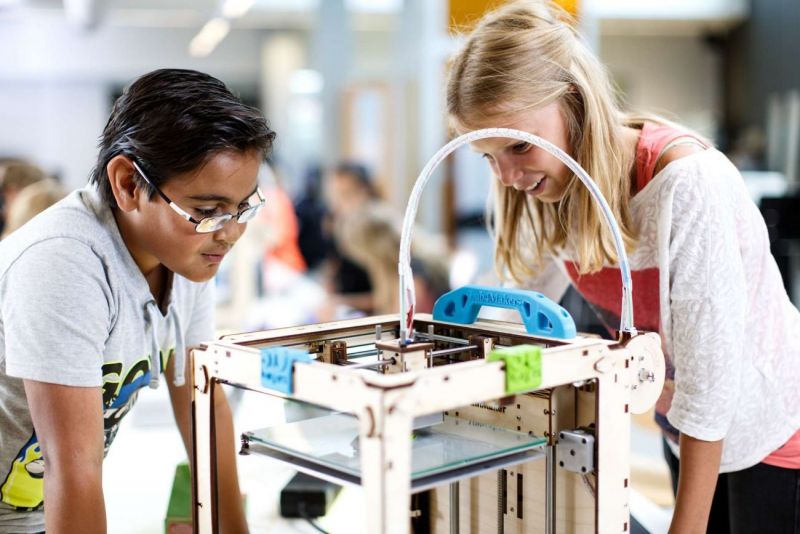
The practice of 3D printing arouses genuine interest among schoolchildren, as it allows them to see the result of their work with their own eyes. For example, you can model or download a finished model from the Internet (a figure of your favorite character from a game or movie) and quickly get it ready-made [1]. 3D printing can be used in English lessons to create models that allow you to get acquainted with objects of a foreign culture, when objects and objects become not only visible, but also tangible. Understanding the value of cultural objects will help not only the fact that the object looks beautiful and is liked by schoolchildren. In the process of creating a model on their own, students begin to understand how complex and painstaking the process is and how much the object actually exceeds the model in size, how much real human labor, scientific thought and material resources are “invested” in it. The attitude to the subject (object) of culture becomes personally mediated, due to which it is respectful and responsible.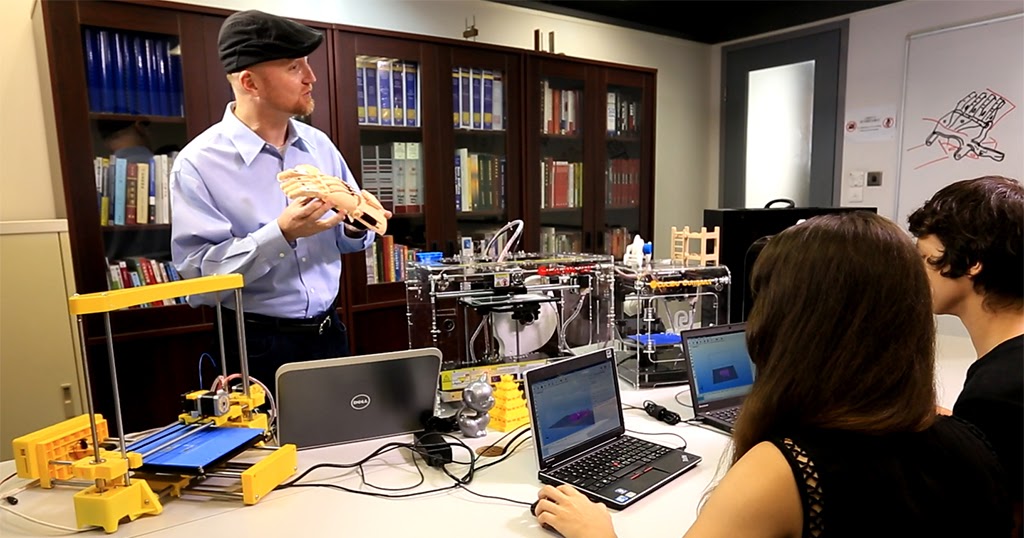
As models for English lessons, you can create cultural landmarks, architectural objects, flowers, plants and animals typical of the flora and fauna of Great Britain, traditional clothing, interiors and furniture, toys, characters of folk tales, etc. 3D printing of these models can be used when studying, for example, the following topics in middle and high school: “Sights of London”, “Tour of London”. Country Studies Lesson “What are they famous for?”, “A day at Disneyland”, Sights in Russia”, “Family travel”, “Sea trip”, “Visiting various cities of Great Britain, Russia and cities of the world”, “Going to the park / zoo”.
Thus, in addition to the educational value, the use of 3D printing technology, as already discussed, makes it possible to introduce schoolchildren to the most advanced and promising scientific technologies, to form the basis of modeling and design skills in the process of teaching a foreign language. As a result of the use of 3D printing technology, the motivation for learning English, interest in the subject increases significantly, creative abilities develop, and the level of aesthetic development of students increases.
Literature:
1. Savochkin, A. A. The use of 3D printers in teaching CAD [Electronic resource] http://picaso-3d.com/ru/press/sapr_picaso3d/
2. Federal state educational standard of basic general education [Electronic resource] http://www.prikrmk.sfedor.ru/fgos/1530-stoosnobr.html
3. The use of 3-D printers in education [Electronic resource] /http://3d.globatek.ru/3d-printers/education/
4. Pupils and students around the world develop skills in designing 3D models [Electronic resource] http://3d.globatek.ru/3d-printers/case_studies/stud3dmodels/
Basic terms (automatically generated) : basic general education, basic educational program, foreign language, Russia, student, English, federal state educational standard, school education, social practice, school education.
Keywords
foreign language teaching, foreign language teaching, Federal state educational standard of basic general education, 3D printing technologySimilar items
About the requirements for the results of
learning foreign language . ..
.. The main Terms (are automatically generated): Foreign Language , Main Educational Program , foreign communication competence, Formation, result Learning , Language , Nerechevo behavior, primary general education ...
The use of information and communication technologies in...
Learning Foreign Language , Training Foreign Language , Federal Educational Main 900 General Education , Information and Information and Technology and Technology and Technology and Technology and Technology and Technology-Complex.
English language as a component of the system main elements.
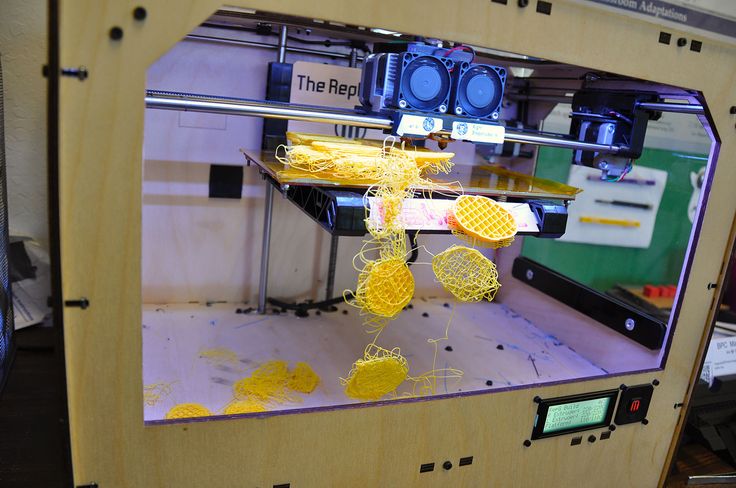 ..
.. Teaching a foreign language is considered as one of the priority areas of modern school education . Specificity of a foreign language as an academic subject in its integrative nature, i.e....
Education English language according to the GEF system in a rural school
The main part of the educational program in English serves to form a general culture, spiritual, moral, social, personal and intellectual development of students...
Key Features Federal State ... Federal state educational standard basic general education in terms of quantity and quality of innovation, scope is unprecedented.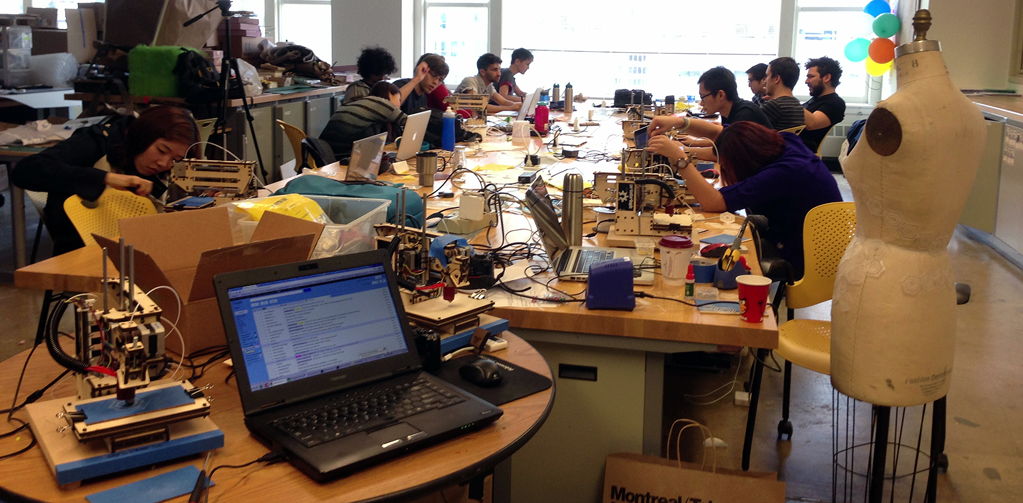
Key aspects of
teaching a foreign language in...Basic terms (automatically generated): foreign language language , school education , language , communicative approach, learning process , modern teacher, formation, value attitude, student, communicative competence.
Comparative characteristics of education systems
in England...Basic general education . Higher education Russia .
Mathematics, Russian Language , Foreign Language , History, etc.
GCSE, UK, higher education , English language , primary education , data base, data base, data base, data preschool education . ..
..
Educational program for foreign language for...
The article is devoted to the issues of teaching a foreign language to children of senior preschool age. With the approval of the federal state educational standard preschool education reached a qualitatively new level.
Individual
educational program as a resource...Federal State Educational Standard Main total
The main terms (generated automatically): Individual Educational Motivation in Teaching English Language | Article in the journal. .. 10. Shadrikov V.D...
.. 10. Shadrikov V.D...
Composition in English Miracle technique / Technological Wonder with translation into Russian
Home > Essays in English
Get a free lesson at an online English school!
Presented essay in English Miracle technique / Technological Wonder with translation into Russian.
| Technological Wonder | Technological Wonder technological development. In the twentieth century, people invented airplanes, TV sets, mobile phones, computers, microphones, electric cars and lots of other useful things, without which we cannot imagine our lives. | At all times, scientists have created various instruments and devices, which at some point became a real breakthrough for science and brought humanity to a new level of technical development. In the 20th century, airplanes, televisions, mobile phones, computers, microphones, electric cars and many other useful things were invented, without which we can no longer imagine our lives today.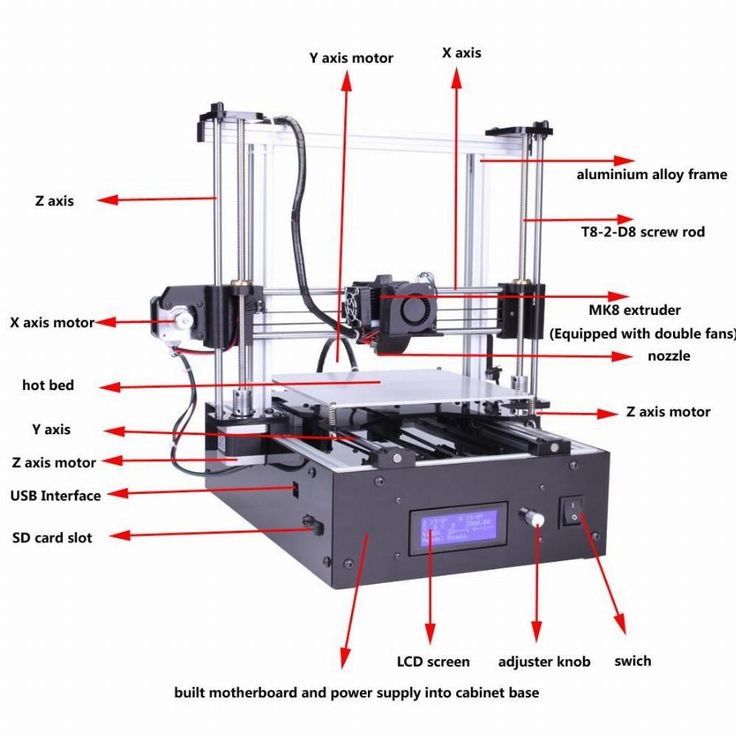 |
| I consider 3D printer one of the most interesting technical inventions of modern times. This device allows you to create 3D objects based on digital models. All 3D printers operate based on the accruals concept: they suggest a gradual, layer-by-layer construction of solid parts. | One of the most interesting technical inventions of our time is the 3D printer. This device allows you to create three-dimensional objects based on digital models. All 3D printers work on the build-up principle: they involve the gradual, layer-by-layer construction of solid parts. | |
| This technology was discovered and patented by an American scientist Chuck Hull back in the 1986, but the first equipment appeared only ten years later. First 3D printers were modernized ink-jet printers, but later models were created with the use of photo polymeric liquid plastic in their operation. | This technology was discovered and patented by the American scientist Chuck Hull back in 1986, but the first such equipment appeared only ten years later.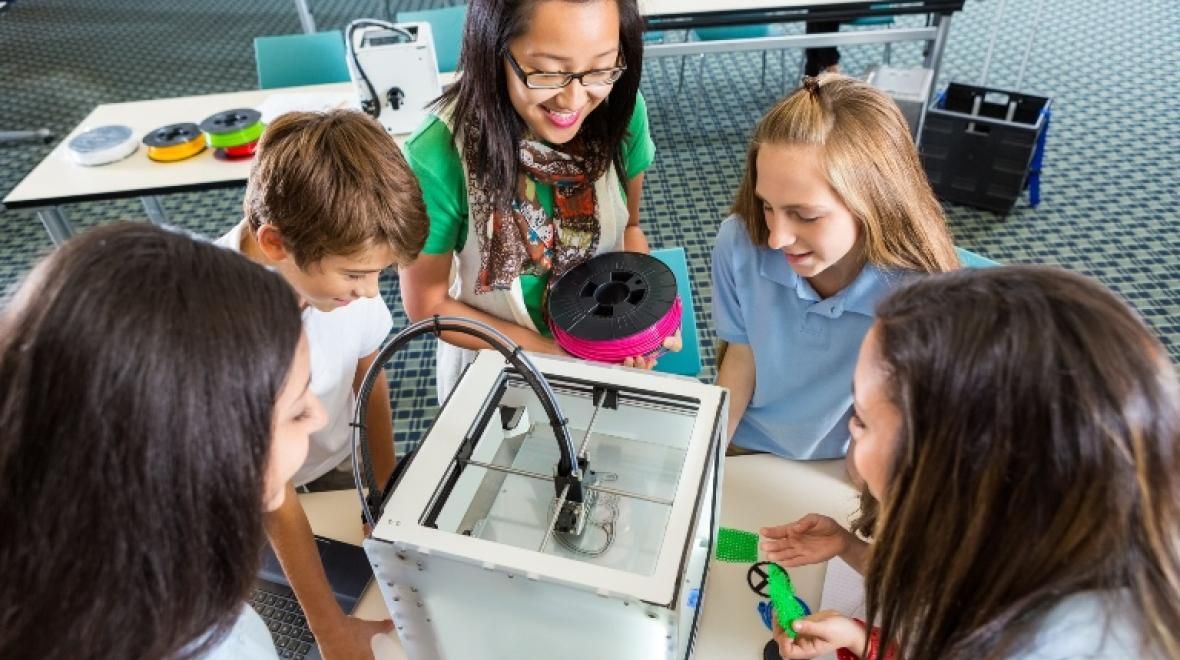 At first, 3D printers were modernized inkjet printing devices, but then models were created that began to use photopolymer liquid plastic in their work. At first, 3D printers were modernized inkjet printing devices, but then models were created that began to use photopolymer liquid plastic in their work. | |
| Before these devices were quite large, and now 3D printers can easily be located on a standard writing desk. I consider their broad sphere of application the main advantage of such inventions. As far as using a 3D printer you can create objects of various materials and produce ready-made parts, today these devices can be used in architecture, construction, medicine, automotive industry and even in the production of weapons. The possibility of the use of these devices in medicine, in my opinion, has the greatest importance to humans. Without 3D printers, it would not have been possible to create modern, high-tech prostheses, artificial internal organs, dental implants and more. | Previously, these devices were quite large, but today 3D printers easily fit on a regular desk. The main advantage of such inventions, I think, is the wide scope of their application.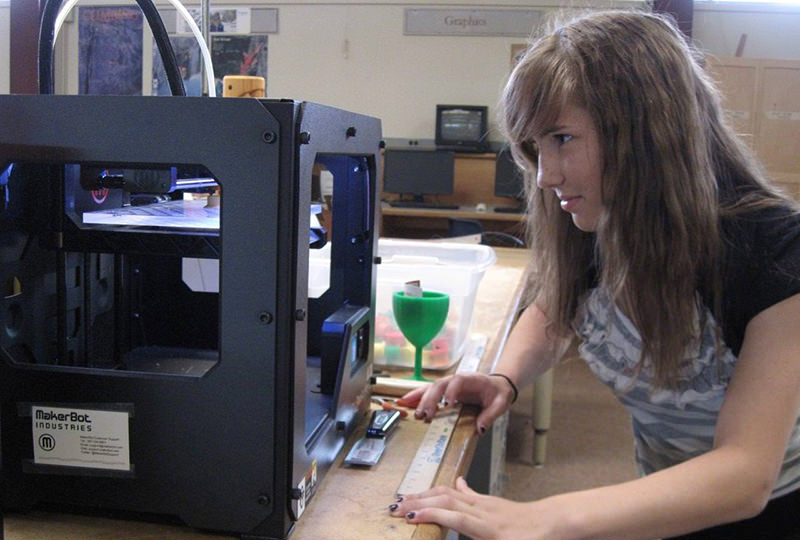 |


